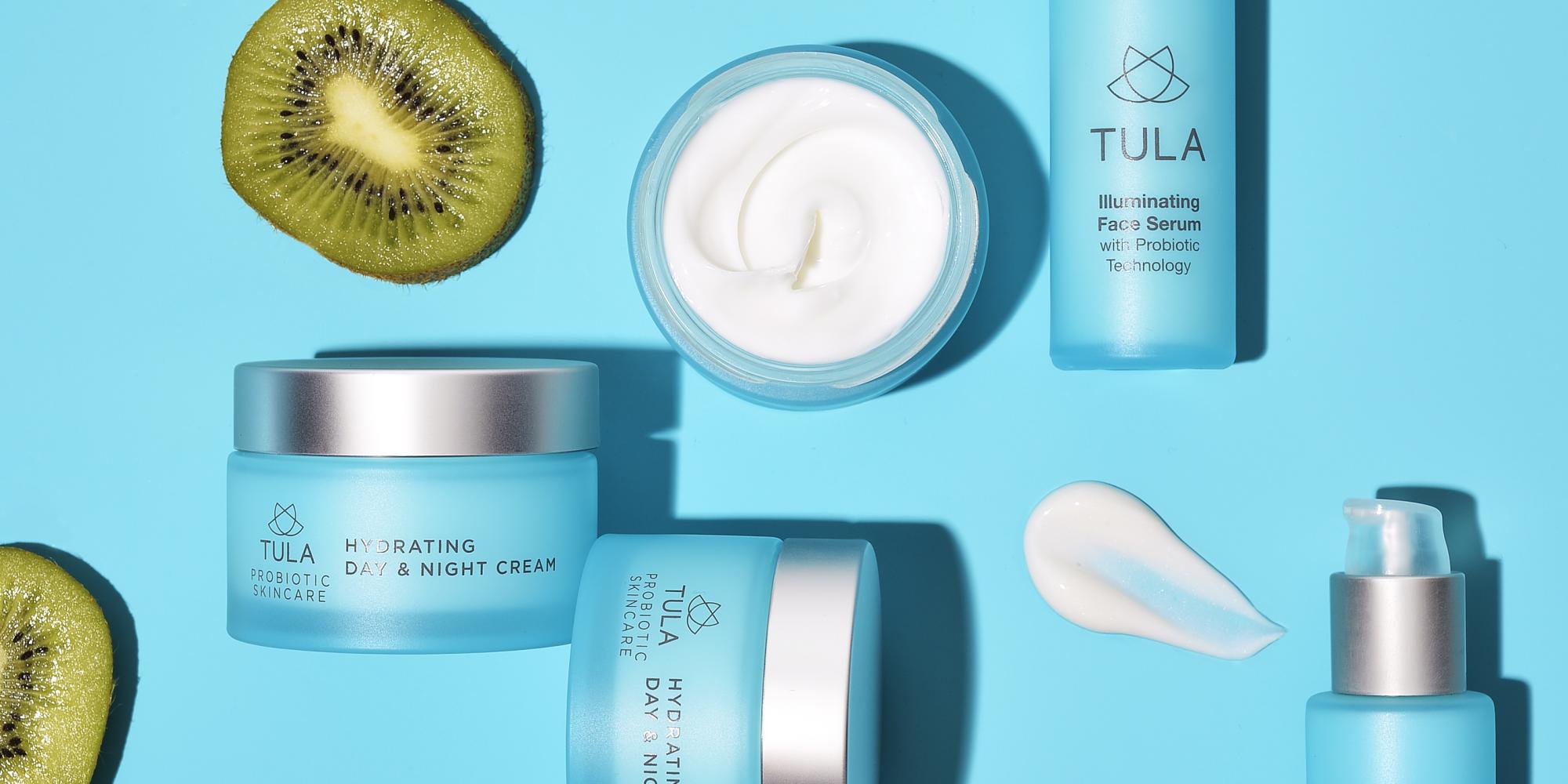
New York Media’s The Strategist Set To Open Holiday Beauty Pop-up In SoHo
The Strategist is taking its product recommendations from the screen to the street with a holiday beauty pop-up.
New York Media’s online shopping guide enlisted its editors to curate products from at least 15 brands across skincare, makeup, fragrance, body care, men’s and more to populate a temporary store slated to open Nov. 8 in SoHo. The Strategist’s content will be connected to the assortment largely consisting of items from emerging companies to put them in context for customers.
“The beauty category has always been one of our top three product categories, so it’s a category that makes sense for us and has resonated well with our users,” says Camilla Cho, general manager of e-commerce at New York Media. “When you drill down into the category and look at what types of products and brands that are generating clicks and revenues, it’s many of the not super well-known brands. It might be a Korean serum people in the editorial world know about, but it’s not known in the general public.”
The Strategist beauty writer Rio Viera-Newton has been involved in selecting merchandise for the pop-up and shaping the schedule of programming for its eight-week stint. Cho suggests she will be on hand for events, and editors from The Cut, the style, culture and politics vertical at New York Media, are likely to attend them, too.
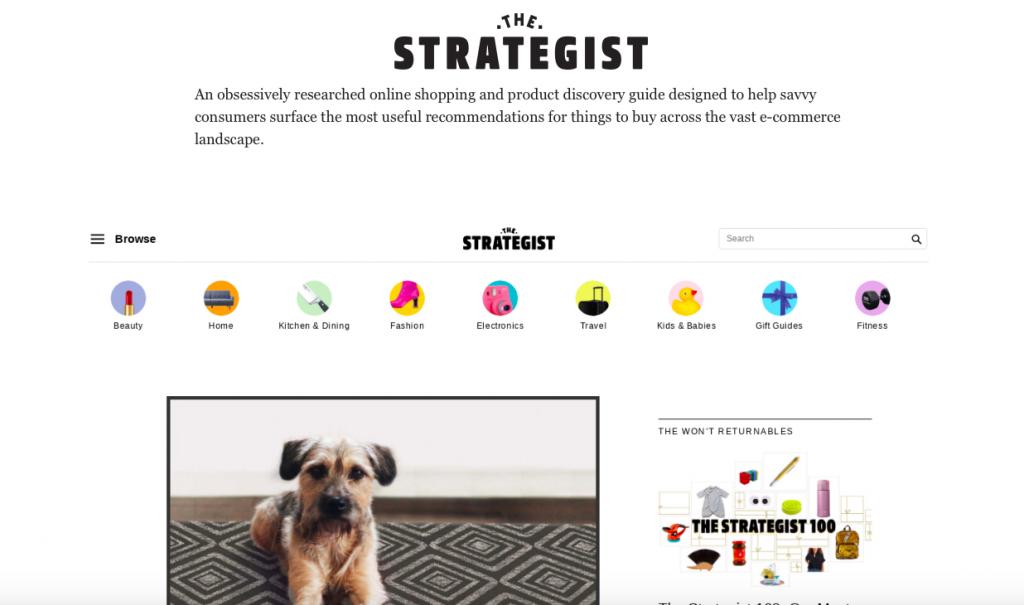
Brands are still being confirmed for the pop-up, but probiotic skincare specialist Tula has already committed to participate in it. “The location in SoHo will be buzzing throughout the holidays, so we’re excited to have another touchpoint for Tula customers to experience our brand in New York City,” says Tarn Morrison, senior manager of PR and partnerships at Tula. “Beauty editor Rio Viera-Newton is a fan of several Tula products, especially our Hydrating Day Night Cream, and we consistently see a spike in traffic to tula.com and sales after any mentions.”
Uppercase, a solution for direct-to-consumer brands launching stores, is assisting The Strategist with the holiday beauty pop-up’s backend operations. “We really believe that publishers should be doing more of this, and we hope to use this as one of our big wins and a case study to encourage other publishers to follow suit,” says Yashar Nejati, co-founder and CEO of Uppercase. “For us, it’s a unique opportunity because publishers are never going to go and build an internal team to launch stores. It doesn’t make sense for their business, so it’s a perfect partnership for us.”
“When you drill down into the category and look at what types of products and brands that are generating clicks and revenues, it’s many of the not super well-known brands. It might be a Korean serum people in the editorial world know about, but it’s not known in the general public.”
Nejati counsels the companies behind pop-ups, whether publishers or not, to view them as a marketing channel similar to Instagram or Facebook and not zero in on sales as the main metric determining success. “We tell people to look for the halo effect of brick-and-mortar retail,” he says. “There is definitely going to be brand lift, and brand lift is a hard thing to quantify.” Despite his advice to companies to look beyond pop-up sales, Nejati estimates that, for a pop-up from an e-commerce venture, a 20% to 40% online sales spike from the geographic region where the pop-up is located isn’t unusual.
New York is home to 12% of The Strategist’s user base, according to Cho, indicating it has room for growth in the city that the holiday beauty pop-up could help. “I think the demographic is going to be a bit unexpected, and a good mix of New York City locals as well as tourists and holiday travelers,” she says. “I would love for people who have no idea what this brand is to discover new products that they had no idea they even needed and get inspired by them to see what else The Strategist covers. I hope people with little to no familiarity with it will be intrigued and engage with the brand.”

Two-year-old The Strategist, which gets its name from a section in New York magazine, began as a test on The Cut before becoming a standalone endeavor. The Strategist is atypical in the New York Media portfolio because it’s funded chiefly through affiliate revenue rather than advertising. Its articles such as What Are The Best Sunscreens? and Is There Such A Thing As An ‘Eco-Friendly’ Hairspray? lend themselves to the affiliate model. Amazon is an important affiliate partner for The Strategist.
As print and digital media properties seek to diversify revenue streams, The Strategist joins a burgeoning group of them extending into physical locations. Byrdie Beauty Lab has popped up twice, the first time in New York in partnership with Nordstrom and the second time in Los Angeles in partnership with Amazon. Refinery29 has gone the experiential route with 29Rooms, the nomadic Instagram post incarnate. The Strategist initially stretched into physical retail for Mother’s Day, when it held a pop-up at WeWork. It didn’t carry inventory at the earlier pop-up, but will at the holiday beauty pop-up.
Cho emphasizes the main goal of The Strategist’s holiday beauty pop-up is to raise awareness. “A lot of people know New York magazine because it’s been around for 50 years, but, when you say The Strategist, a lot of people say, ‘What’s that?’ We haven’t done a lot of promotion or marketing for it, and we see this as an opportunity to do some marketing,” she says, adding, “If there is a revenue play can come out of it, even better, and we will explore that to see how we can further leverage it to generate revenue.”

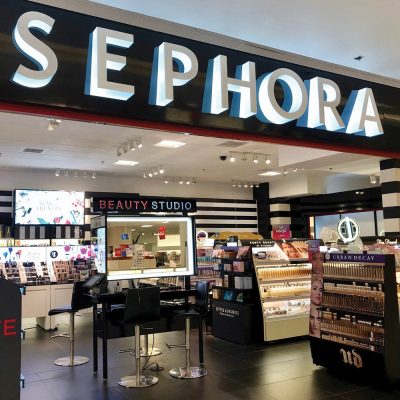
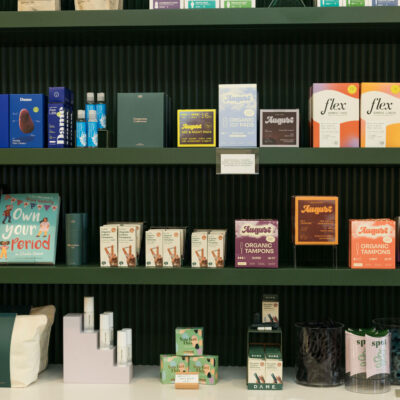
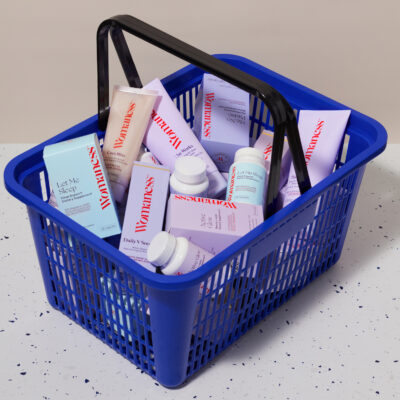

Leave a Reply
You must be logged in to post a comment.